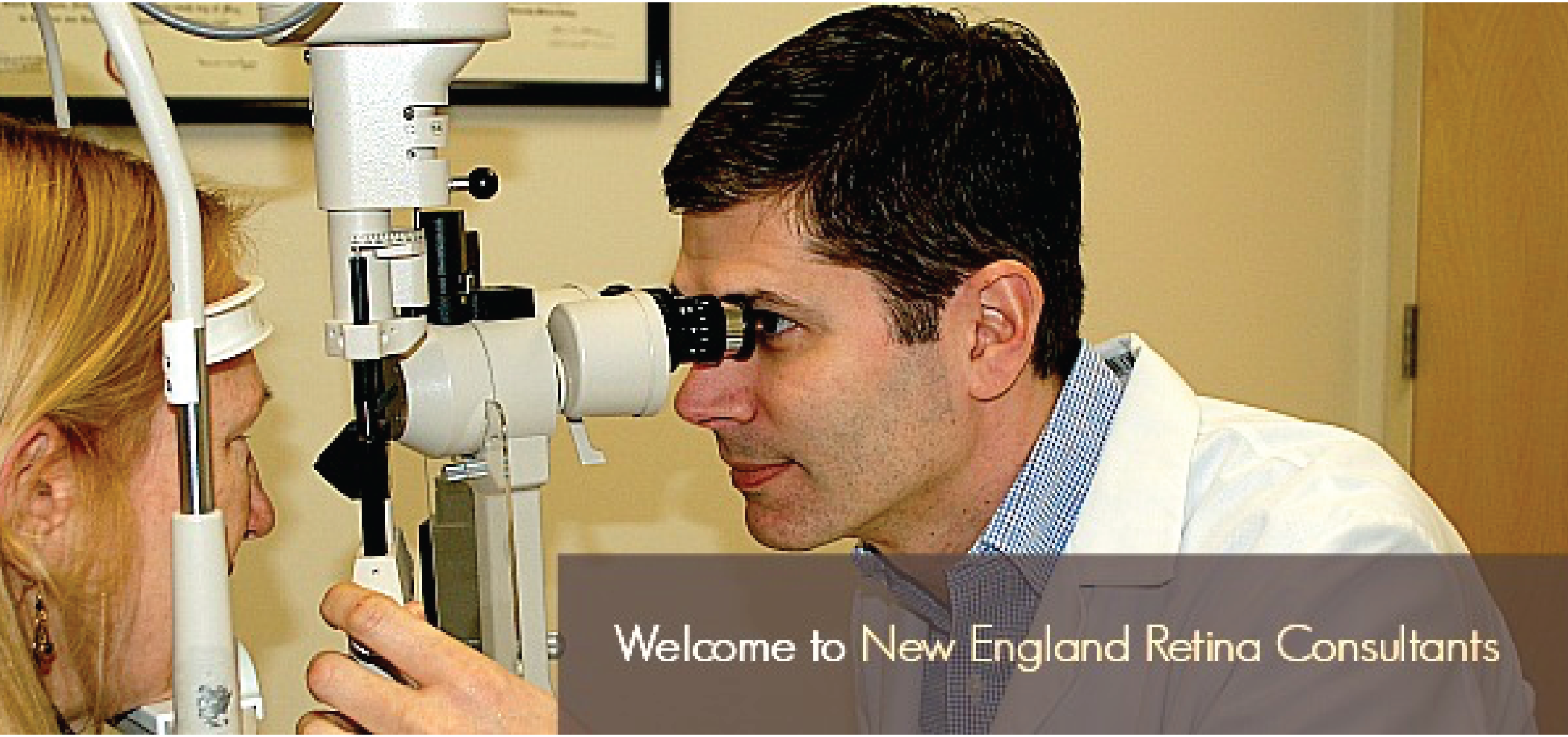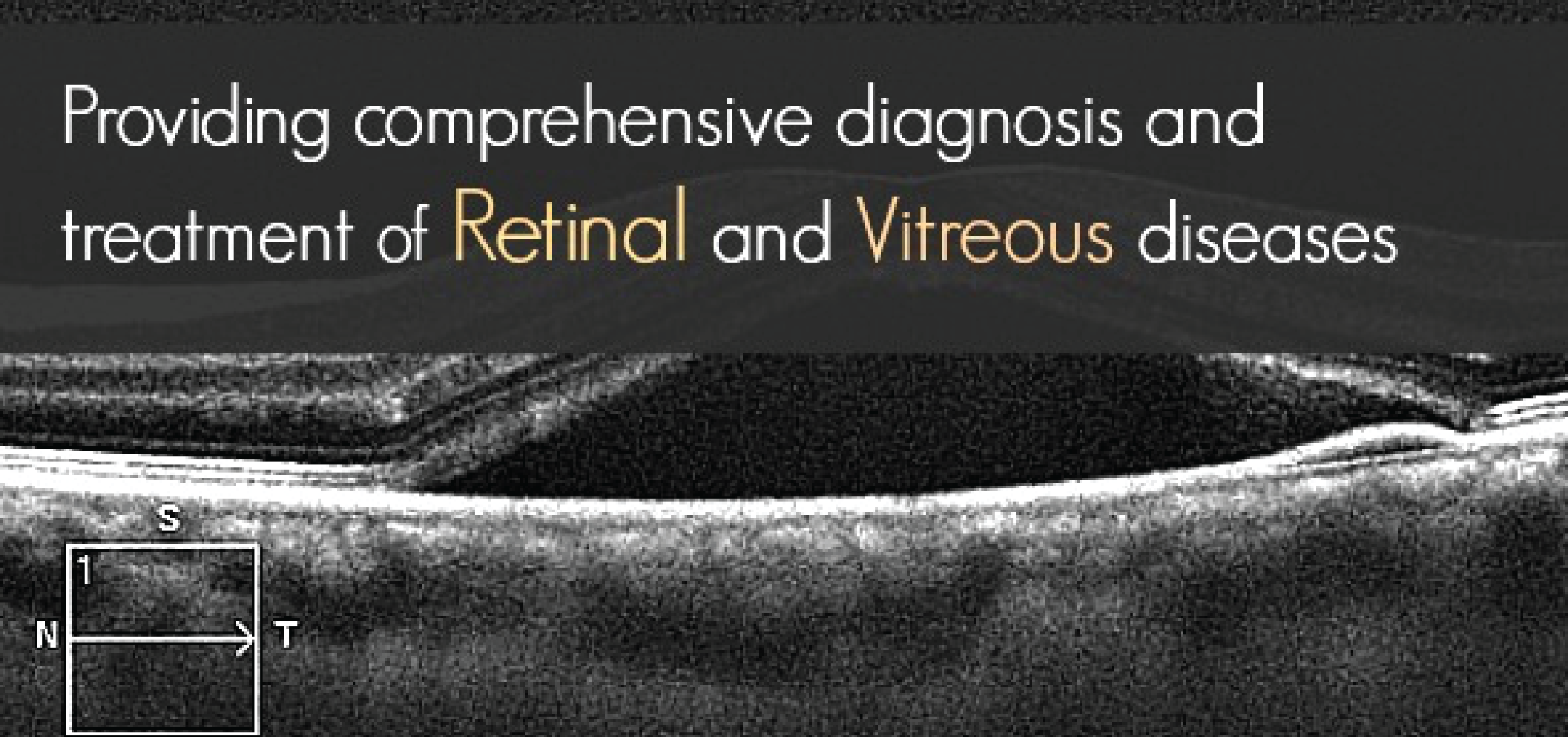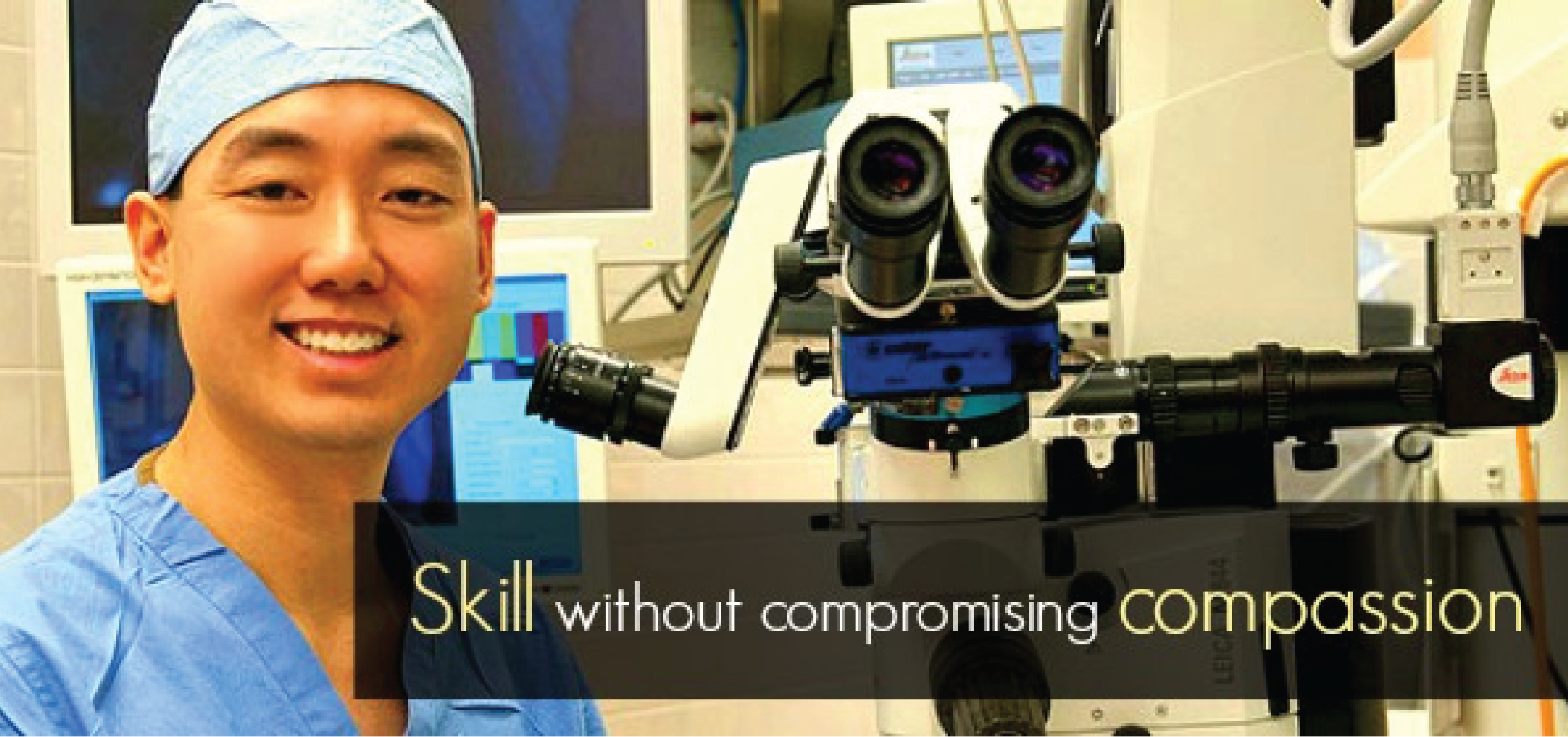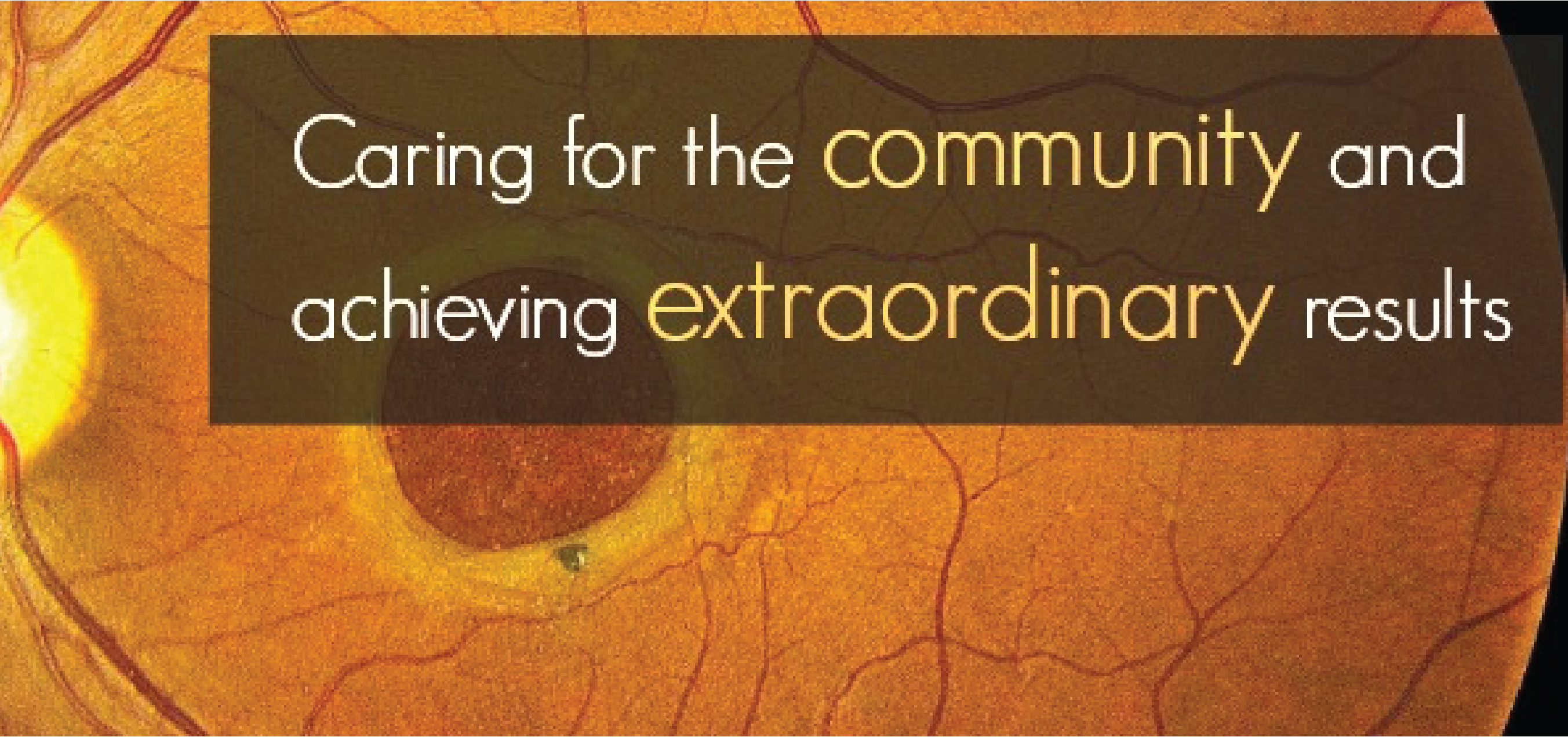Retinal Artery Occlusion
A retinal artery occlusion is a blockage of blood flow through one or more of the arterioles in the retina. These arterioles are required to deliver blood to the retina, and an occlusion of an arteriole results in the retina becoming deprived of oxygen. This may result in visual loss.
The occlusion of the arteriole is most commonly caused by atherosclerosis which is a hardening build-up of plaque in the arteriole after many years. An occlusion can also be caused by a clot from another part of the body, typically the heart or carotid artery in the neck, that travels up into the retinal arteriole and occludes it. This type of clot is called an embolus and often an embolus can be visualized on examination by the eye doctor.
If the largest arteriole in the retina becomes occluded, this is termed a central retinal artery occlusion (CRAO). Patients will complain of sudden, painless vision loss in the eye when this event occurs. On examination, the eye doctor may see what is called a “cherry red  spot” in the retina (see Figure), which signifies a CRAO has occurred. The retinal specialist may decide to perform a fluorescein angiography dye test to further evaluate blood flow to the retina.
spot” in the retina (see Figure), which signifies a CRAO has occurred. The retinal specialist may decide to perform a fluorescein angiography dye test to further evaluate blood flow to the retina.
If a smaller arteriole is occluded, this is termed a branch retinal artery occlusion (BRAO).
Once an artery occlusion is diagnosed, the patient will require further work-up which may include some of the following depending on the clinical picture:
Blood pressure check, blood lipid check, blood glucose check, blood inflammation level check (ESR and CRP), echocardiogram, and carotid doppler ultrasound or CT angiogram/MR angiogram of the neck.
There is no proven treatment for a retinal artery occlusion. Unfortunately, when the retina is deprived of oxygen from the occlusion, irreversible damage may occur very quickly after the event. It is very important to manage medical risk factors to reduce the risk of a subsequent occlusion in the affected eye, or the fellow eye.








